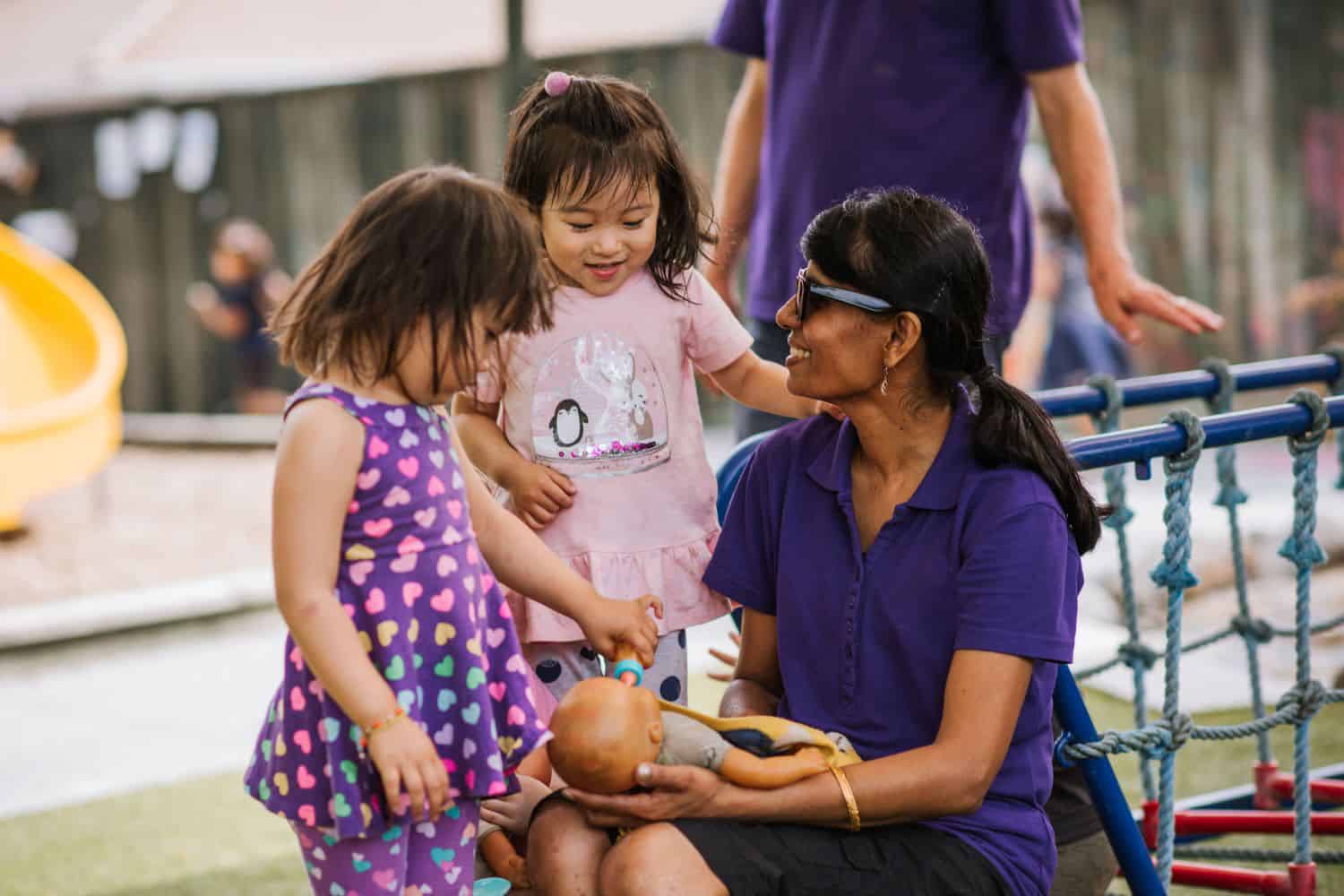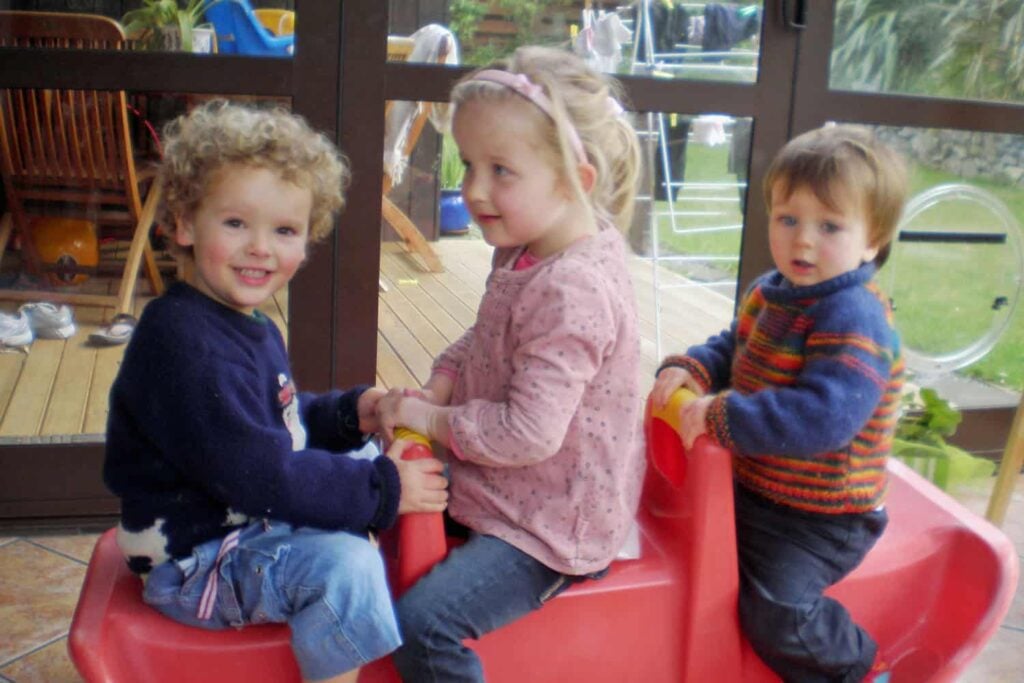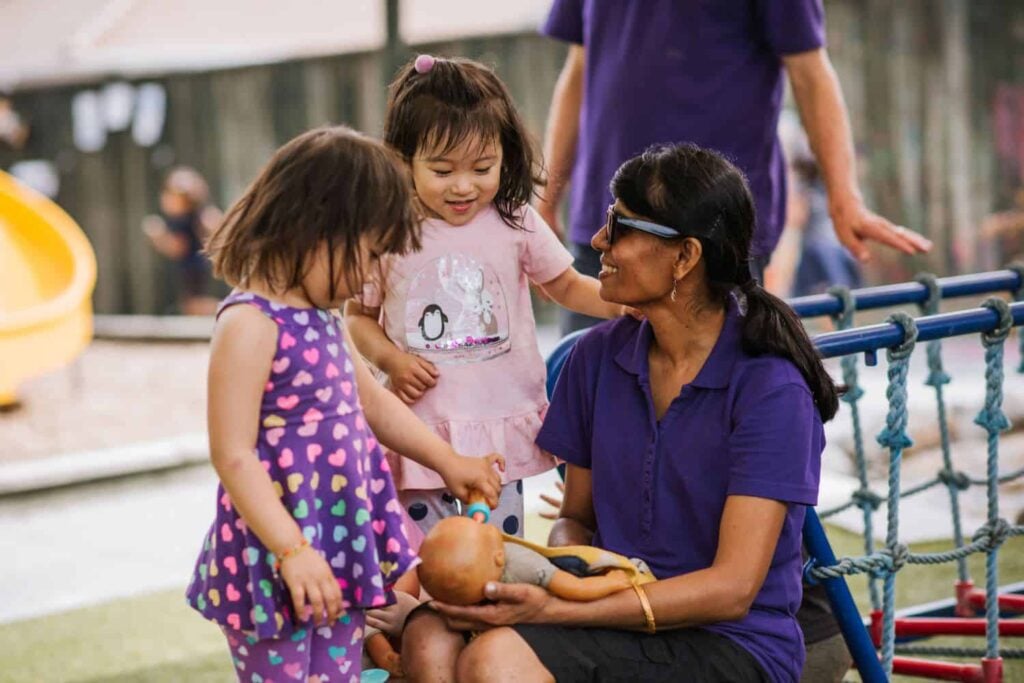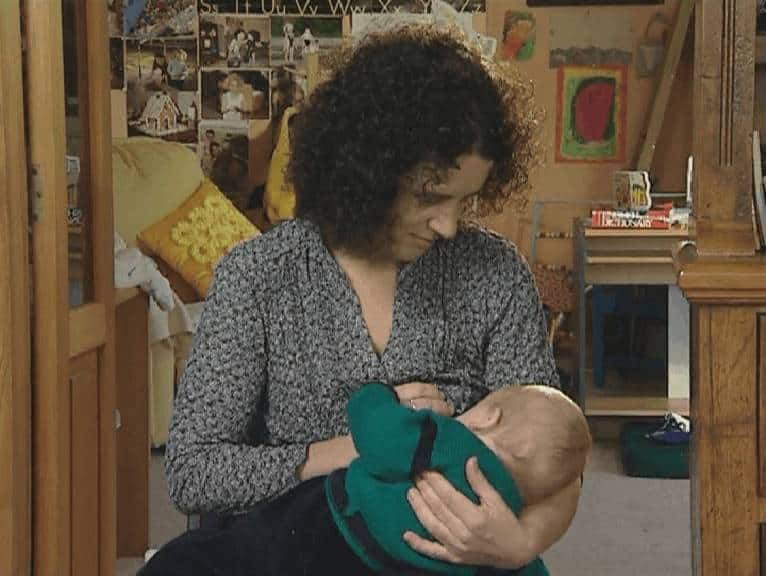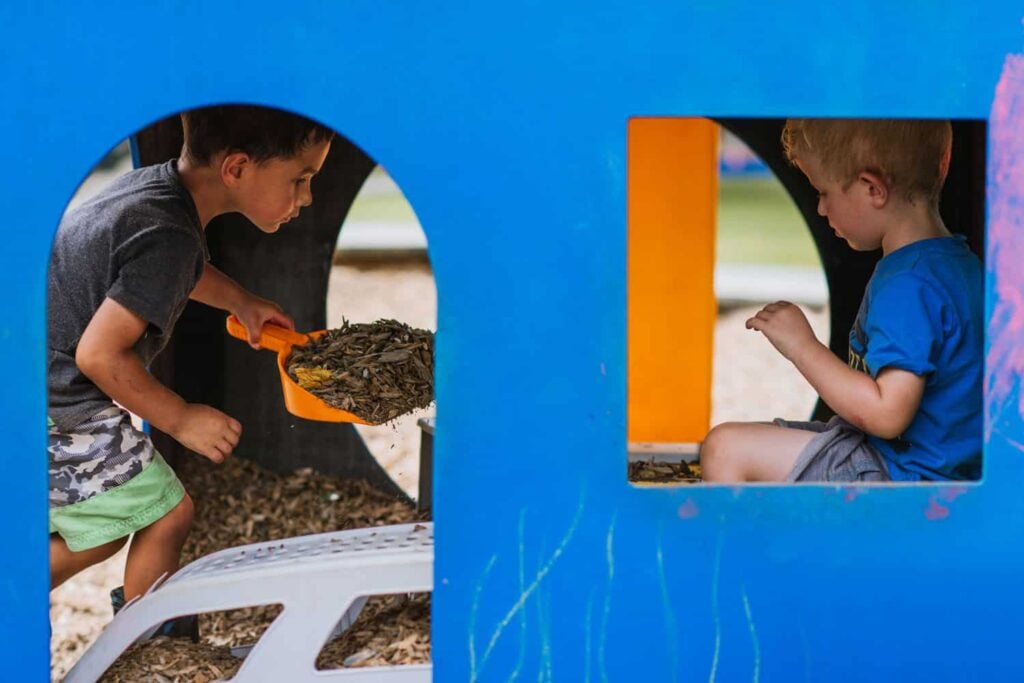July 1, 2017.
By Rachel Pratt.
Teachers who have previously gained and maintained professional registration in order to practise as a qualified and registered teacher now need to use a new format to establish and maintain their registration status.
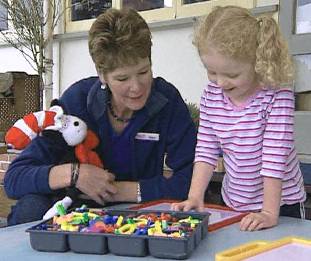
The Teaching Council has developed a Code of Professional Responsibility and Standard for the Teaching profession entitled “Our Code, Our Standards” which combines and replaces both the Practising Teacher Criteria document and the Code of Ethics for Certified Teachers document.
The Teaching Council was established in 2015 with a strong focus on clamping down on teachers who have “slipped through the cracks” when it comes to serious misconduct. The disciplinary focus seems to be reflected in the proposed new Code, with a larger section on Professional Responsibility and a smaller Standards section, the section that replaces the Registered Teacher Criteria.
The new code is binding on all teachers and the standards are applicable to every teacher who holds a Practising Certificate, regardless of role or teaching context. It includes permanent, temporary and relieving roles for both certified teachers and those who have been granted a Limited Authority to Teach.
The Code sets standards of behaviour and expectations and, if a complaint is made, the Code will be used to evaluate that teacher’s professional conduct. Teachers within the profession, and entering the profession, will use it to establish and maintain teacher certification. Employers may also use it as part of performance appraisal.
The new Code is divided into two main sections, the Principles of the Code (which includes guidance to support them) and the Standards, which describe the standard of teaching required by teachers in the profession and indicators that these standards are being implemented appropriately.
The Standards are a revision of what was previously called the Practising Teacher Criteria.
Annual teacher appraisals should incorporate each of the Standards (see below).
| Standard | Elaborations of the standard |
| 1. Te Tiriti o Waitangi partnership Demonstrate commitment to tangata whenuatanga and Te Tiriti o Waitangi partnership in Aotearoa New Zealand. | Understand and recognise of the unique status of tangata whenua in Aotearoa New Zealand. Understand and acknowledge the histories, heritages, languages and cultures of partners to Te Tiriti o Waitangi. Practice and develop the use of te reo and tikanga Māori. |
| 2. Professional Learning Use inquiry, collaborative problem-solving and professional learning to improve professional capability to impact on the learning and achievement of all leaners. | Inquire into and reflect on the effectiveness of practice in an ongoing way, using evidence from a range of sources. Critically examine how my own assumptions and beliefs, including cultural beliefs, impact on practice and the achievement of learners with different abilities and needs, backgrounds, genders, identities, languages and cultures. Engage in professional learning and adaptively apply this learning in practice. Be informed by research and innovations related to: content disciplines; pedagogy; teaching for diverse learners including learners with disabilities and learning support needs; and wider education matters. Seek and respond to feedback from learners, colleagues and other education professionals, and engage in collaborative problem-solving and learning-focused collegial discussions. |
| 3. Professional relationships Establish and maintain professional relationships and behaviours focused on the learning and well-being of each learner. | Engage in reciprocal, collaborative learning-focused relationships with: · learners’, family and whānau · teaching colleagues, support staff and other professionals · agencies, groups and individuals in the community. Communicate effectively with others. Actively contribute, and work collegially, in the pursuit of improving my own and organisational practice, showing leadership, particularly in areas of responsibility. Communicate clear and accurate assessment for learning and achievement information. |
| 4. Learning-focused culture Develop a culture which is focused on learning, and is characterised by respect, inclusion, empathy, collaboration and safety. | Develop learning-focused relationships with learners, enabling them to be active participants in the process of learning, sharing ownership and responsibility for learning. Foster trust, respect and cooperation with and among learners so that they experience an environment in which it is safe to take risks. Demonstrate high expectations for the learning outcomes of all learners, including for those learners with disabilities or learning support needs. Manage the learning setting to ensure access to learning for all and to maximise learners’ physical, social, cultural and emotional safety. Create an environment where learners can be confident in their identities, languages, cultures and abilities. Develop an environment where the diversity and uniqueness of all learners is accepted and valued. Meet relevant regulatory, statutory and professional requirements. |
| 5. Design for learning Design learning based on curriculum and pedagogical knowledge, assessment information and an understanding of each learner’s strengths, interests, needs, identity, language and cultures. | Select teaching approaches, resources, and learning and assessment activities based on a thorough knowledge of curriculum content, pedagogy, progressions in learning and the learners. Gather, analyse and use appropriate assessment information, identifying progress and needs of learners to design clear next steps in learning and to identify additional supports or adaptations that may be required. Design and plan culturally responsive, evidence-based approaches which reflect the local community and Te Tiriti o Waitangi partnership in New Zealand. Harness the rich capital that learners bring by providing culturally responsive and engaging contexts for learners. Informed by national policies and priorities. |
| 6. Teaching Teach and respond to learners in a knowledgeable and adaptive way to progress their learning at an appropriate depth and pace. | Teach in ways that ensure all learners are making sufficient progress, monitor the extent and pace of learning, focusing on equity and excellence for all. Specifically support the educational aspirations for Māori learners, taking shared responsibility for these learners to achieve educational success as Māori. Use an increasing repertoire of teaching strategies, approaches, learning activities, technologies and assessment for learning strategies and modify these in response to the needs of individuals and groups of learners. Provide opportunities and support for learners to engage with, practise and apply learning to different contexts and make connections with prior learning. Teach in ways which enable learners to learn from one another, to collaborate, to self-regulate, and to develop agency over their learning. Ensure learners receive ongoing feedback and assessment information and support them to use this information to guide further learning. |


